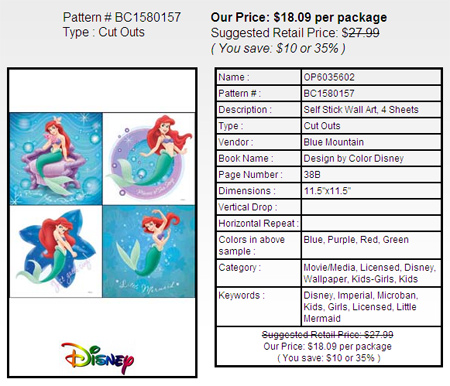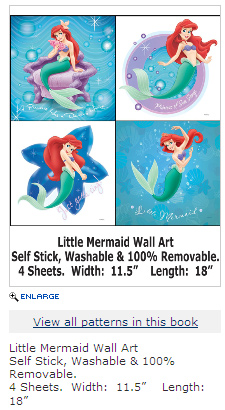|
Most websites are designed to be used by humans. If done correctly, a search engine or eCommerce aggregator is often able to spider through a site and index the content. But some things that are really easy for humans, can be particularly difficult for machines to sort through.
For example, what is the price of the item? Who is the manufacturer? What type of product is this (i.e. category)? A human can identify these easily.
RDFa Tags: I`ve been part of a World Wide Web Consortium (W3C) working group that focuses on the Resource Description Framework. Essentially, this group has created standards that allow sites to adopt RDF in easy-to-use ways. As an aside, I was part of an email thread with Tim Berners-Lee, the inventor of the World Wide Web.
What`s RDFa? In a nutshell, you can place tags around specific content items (i.e. the price, the product name, manufacturer name), and when a search engine or eCommerce aggregator visits the site, they will be able to understand what all of the content means. Typical Product Grid on eCommerce Site: Here`s an example of a product grid, courtesy of the DiscountDecorating.com Website:

A human is able to easily figure out the price, the fact that the image reflects the product information and that the manufacturer is Blue Mountain. But each site is laid out very differently. Another website lists the product details in a similar fashion (same image), but is laid out differently: (this site is not RDFa tagged)

What`s an eCommerce Aggregator or Search Engine To Do? Sites that want to have their content searched and indexed by eCommerce Aggregators or search engines like Google, can use RDFa tags to identify key areas of content on the site.
Here`s the the product price, tagged appropriately (sometimes it`s tough to know what is the suggested retail price, discounted amount or sale price:
$18.09 per package
There`s a bit more to the RDFa tagging than this, but if you`re interested, we can help.
|